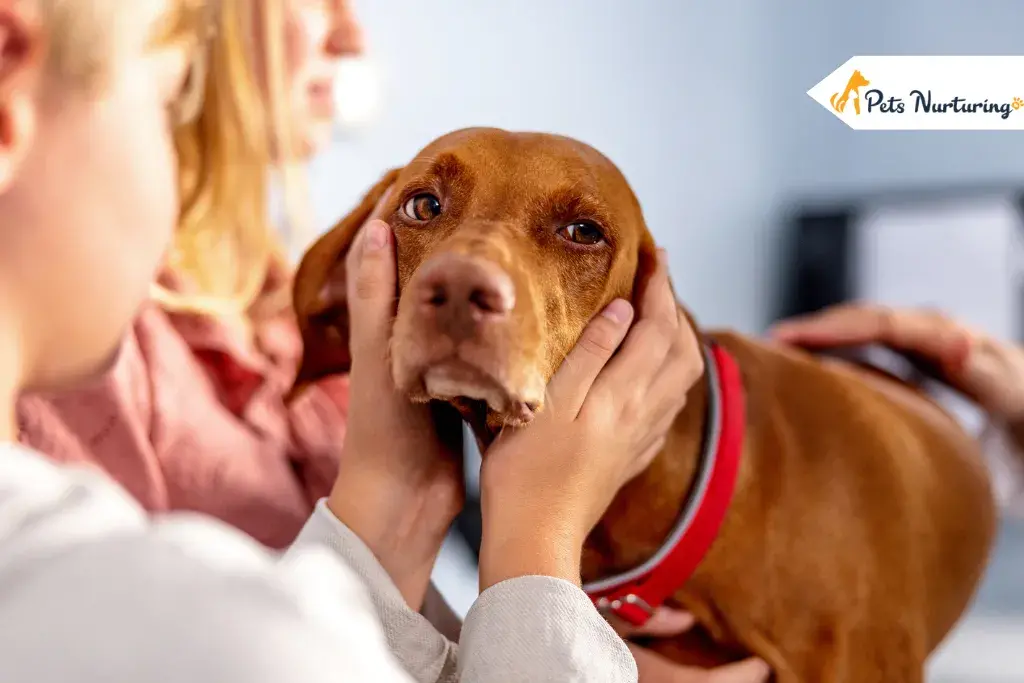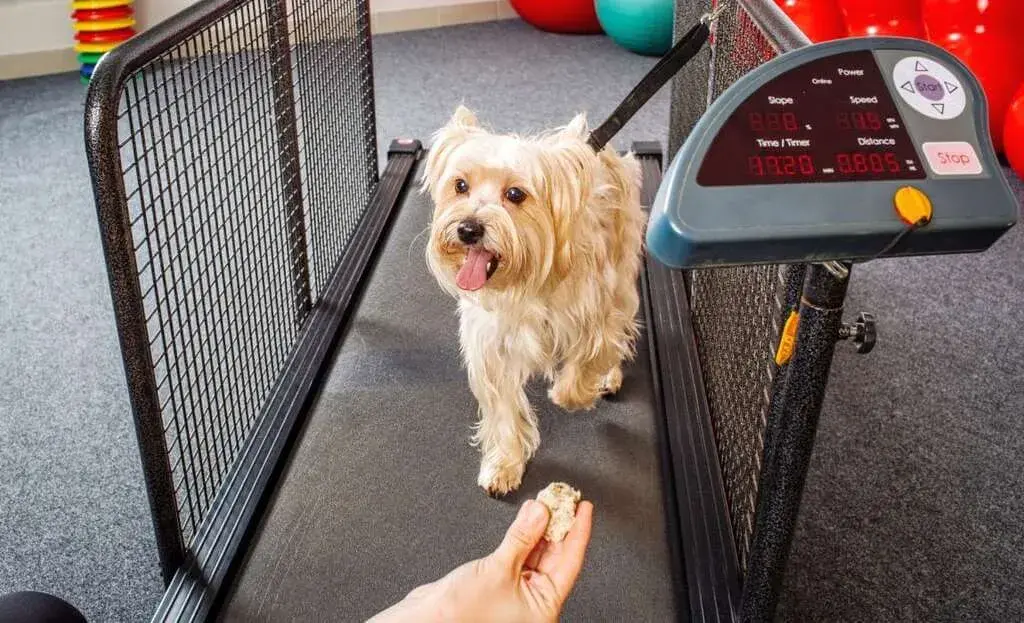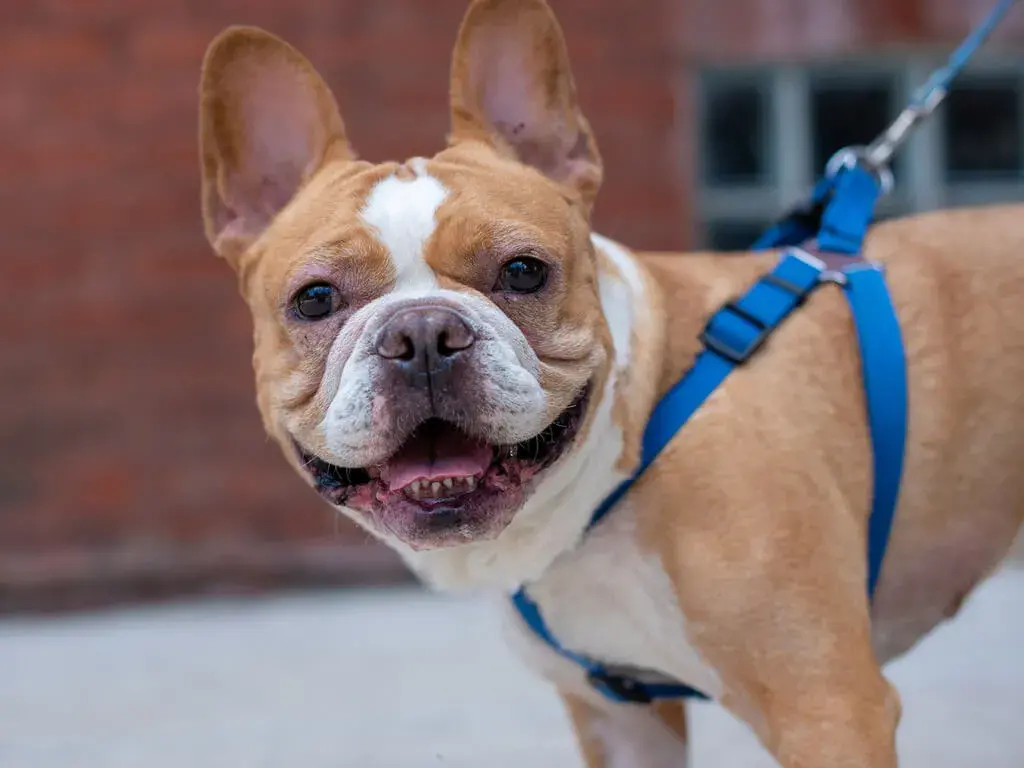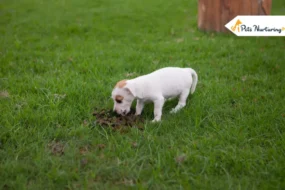
Training a hyperactive dog can be a challenging but rewarding task. It’s important to first understand that hyperactivity in dogs is often a symptom of underlying issues such as lack of exercise, boredom, or anxiety. Therefore, it’s crucial to address these issues and provide your dog with plenty of physical and mental stimulation to keep him healthy and happy.
Regular exercise and playtime are key to how to train your hyperactive dog. This will help burn off excess energy and prevent destructive behavior. Make sure to provide your dog with various toys and activities to keep him engaged and entertained.
It’s also important to have sit-downs with your dog at regular intervals to spend quality time with them and have obedience lessons to teach him good manners and appropriate behavior. This will help him learn to focus and control his impulses and provide him with a sense of structure and purpose.
Additionally, it’s essential to provide your dog with regular exercise and mental stimulation to prevent boredom and destructive behavior. This can include regular walks, playtime with toys, and obedience training.
Finally, keep your dog up to date on his vaccinations and preventative care to protect him from diseases and parasites. By taking these steps, you can help keep your hyperactive dog safe and healthy.
How to Keep Your Dog Safe?
Dogs can often display a curious side of their nature, especially if they are hyperactive. It is very easy and even natural for them to go near, smell, or even bite at things they are unaware of.
It is essential for every caretaker to ensure that the areas in the house where they are not supposed to go should be restricted, and the dogs to be taught to stay away from those areas. It’s essential to keep your dog safe by providing him with a secure and safe environment.
This means ensuring that your yard is properly fenced and that your dog is always supervised when playing or roaming outside. It’s also important to keep dangerous items, such as medications and cleaning products, out of reach to prevent accidental ingestion.
Here are some tips to help you train your hyperactive dog and keep them safe:
1. Provide Plenty of Exercise and Mental Stimulation

Hyperactive dogs often have a lot of energy, so it is important to provide them with plenty of opportunities to burn off that energy through exercise and mental stimulation.
This can include daily walks, runs, and trips to the dog park, as well as games and activities that challenge their minds, such as puzzles and training sessions. It is crucial to ensure that your dog has a stable leash while exercising or during an outdoor visit.
2. Use Positive Reinforcement

Positive reinforcement is a type of training that rewards good behavior with treats, praise, and other rewards. This can be an effective way to teach your dog new commands and behaviors and can help to improve their focus and attentiveness.
When using positive reinforcement, it’s important to reward your dog immediately after they exhibit the desired behavior. It is advisable to select highly nutritious treats for dogs, such as bully sticks, which can contribute positively to their overall health. Dog bully sticks are recognized for their nutritional value and potential benefits for dogs. This will help to reinforce the behavior and make it more likely that they will repeat it in the future. You should also vary the type and frequency of rewards to keep your dog interested and motivated.
For example, you might use treats as rewards during some training sessions, and offer praise or a favorite toy as rewards during others.
It’s also important to be consistent in your use of positive reinforcement. This means using rewards to reinforce the same behavior every time your dog exhibits it, and avoiding using punishment or negative reinforcement.
By consistently rewarding your dog for good behavior, you can help to establish clear boundaries and expectations, and make it easier for your dog to learn and behave in a manner that is acceptable to you and others.
3. Establish a Consistent Routine for Your Dogs
A consistent daily routine can provide structure and predictability for your dog, which can help to reduce their anxiety and stress levels.
This can be particularly helpful for hyperactive dogs, who may be more prone to anxious or overstimulated behavior. A routine can also help to prevent your dog from becoming bored or restless, which can contribute to hyperactivity.
Having a consistent routine can also make it easier for you to manage your dog’s behavior and training. For example, if you know that your dog needs to go outside for a potty break at a certain time each day, you can plan your training sessions around this and make sure that your dog has an opportunity to relieve itself before starting a training session.
This can help to prevent accidents and disruptions during training and can make it easier for your dog to focus and learn.
4. Use a Leash and Harness

When walking or exercising your hyperactive dog, it is important to use a leash and harness to keep them under control. A leash can prevent your dog from running into traffic or other dangerous situations. This is particularly important for hyperactive dogs who may be more likely to dart into danger due to their high energy levels and lack of impulse control.
A leash can help you to maintain control over your dog’s behavior and prevent them from engaging in inappropriate or destructive behaviors.
This is particularly important for hyperactive dogs who may be more difficult to manage without the added security of a leash.
5. Be Patient and Persistent
Training a hyperactive dog can be challenging, as these dogs often have a lot of energy and can be easily distracted. This can make it difficult for them to focus and learn and can lead to frustration for both you and your dog.
To successfully train a hyperactive dog, it is important to be patient and persistent. This means being willing to put in the time and effort to work with your dog and help them learn, even if it takes longer than you would like.
It also means being consistent in your approach and expectations, and not giving up when your dog doesn’t immediately respond to your commands or seems uninterested in training.
Being patient and persistent can also mean being flexible and willing to adapt your training approach to meet your dog’s needs.
For example, if your dog is having trouble focusing during a training session, you may need to break the session into smaller, more manageable chunks. Or, if your dog is easily distracted, you may need to find ways to eliminate distractions or make training more engaging and interesting for your dog.
6. Seek Professional Assistance

If your dog’s hyperactivity is causing problems in your home or making it difficult for you to manage their behavior, consider seeking the help of a professional dog trainer or behaviorist.
A professional can provide you with personalized training and behavior modification strategies to help manage your dog’s hyperactivity and improve its behavior. They can also provide you with specialized advice, tips, and techniques to help you manage your dog’s hyperactivity and keep them safe.
Conclusion:
Training a hyperactive dog is a challenging but rewarding process that requires patience, consistency, and a willingness to invest time and effort into providing your dog with the physical and mental stimulation he needs to be happy and healthy.
By working with your dog and employing the right approach, you can help your hyperactive dog learn to focus and control his impulses and provide him with a fulfilling and enriching life.
To get more information:











